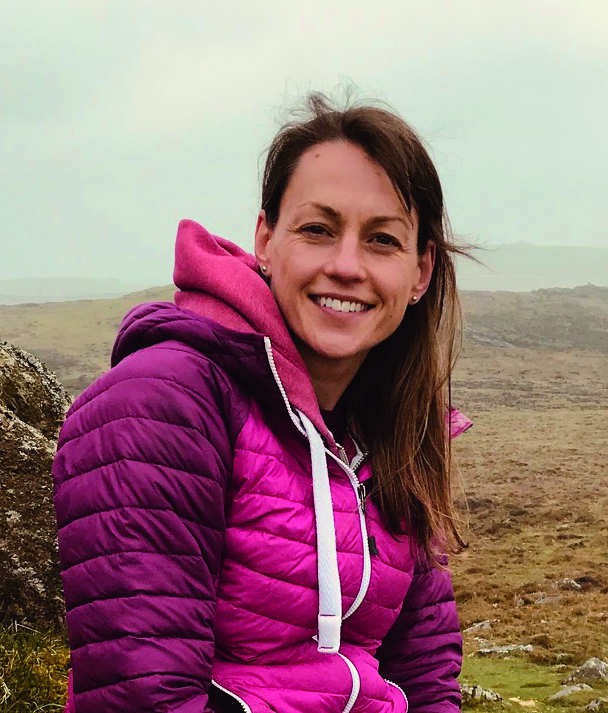Co-director Keith Scholey on the making of the forthcoming feature film African Cats, opening in cinemas in February 2012.
Filmed in the Masai Mara and narrated by Samuel L Jackson, African Cats follows the fortunes of Sita, a female cheetah with five cubs, and Layla, an injured lioness with a six-month-old youngster. They share a common enemy – a magnificent but deadly coalition of lion brothers and their father.
I’ve been making films about the wildlife of the Masai Mara for years. In 1996, we made the first series of
, to show the dramatic day-to-day lives of these animals. Then came the move to tell an even bigger story over two years.
I already knew Sita from my
days, and luckily she had just given birth to five cubs when we found her. Their chances of survival were slim, and we knew their journey to adulthood would be eventful.
When looking for our lion characters, we initially thought of the Marsh Pride, who had been regulars on
but they were too good! They were very strong and stable – hunting, eating, doing their thing.
Then we met the River Pride, which included Layla. Its leader was a distinctive but vulnerable male with a broken tooth, and we knew the pride would be taken over.
It’s an emotional story and is treated much more like a feature film. The most important thing in a screenplay is not the plot but the characters.
You need strong opponents, which should be developed as much as your heroes. Too often, natural-history films lack proper characterisation, with ‘cut out’ baddies who just swoop in for the kill. You know nothing about their motives.
Everything was slowed down to give a more filmic feel, and was graded [colour-altered] in a drama-led way. When you grade a natural-history film, you try to make it look real.
But feature films are graded to convey emotion. So, for instance, we darkened rainstorms and attacks to enhance the sombre mood.
It was hard to keep up with the lions, especially during the takeover – you see scuffles all the time, but true confrontations are extremely rare. And pursuing storylines knowing that the key characters could vanish at any time always felt like a bit of a risk.
We got a great sequence of two young male lions crossing the Mara River in flood. The water was infested with crocodiles, and one of the lions is pulled under. We also got some footage of aardvarks boxing.
One day, Simon King filmed Sita make a kill. We were pleased enough with that, but then a large male appeared and a very dramatic encounter followed. When I saw the footage, I was just elated.
My low point was when, after weeks and weeks following the lions, nothing was happening. They were keeping their heads down, and some were getting kicked out of the pride.
They were very thin and hungry, and it was depressing to see them like that. You don’t know if they’ll survive.
This was always going to be like a feature film, with a strong story. The feature industry is all about getting something to work everywhere. More challenging was making a film that would appeal to all ages, like
.
It was hard to get the balance right – the Mara can be scary and brutal, and we wanted to be true to that without upsetting young children. But children don’t always get upset by the same things that adults do.
Probably when we introduce the gang of lions. They are testosterone fuelled, pumped up and looking for trouble. The scene really has that feel, and it’s a great introduction to those characters.
The audience should never forget their first meeting with the enemy. I’ve a strong memory of that day’s filming, too – we captured the behaviour at sunrise on the very last day of a four-week shoot.
Click here to find out more about
.
This is an extended version of an interview that appeared in the October 2011 issue of
.
